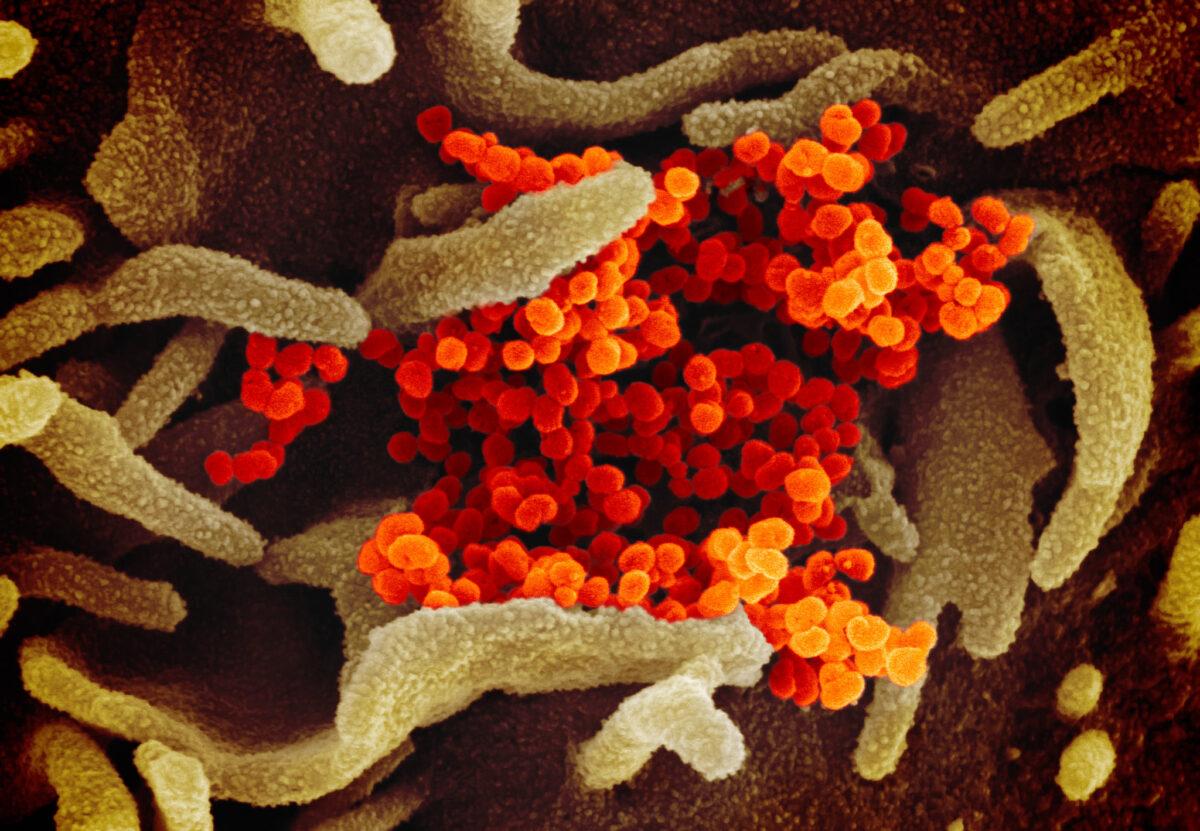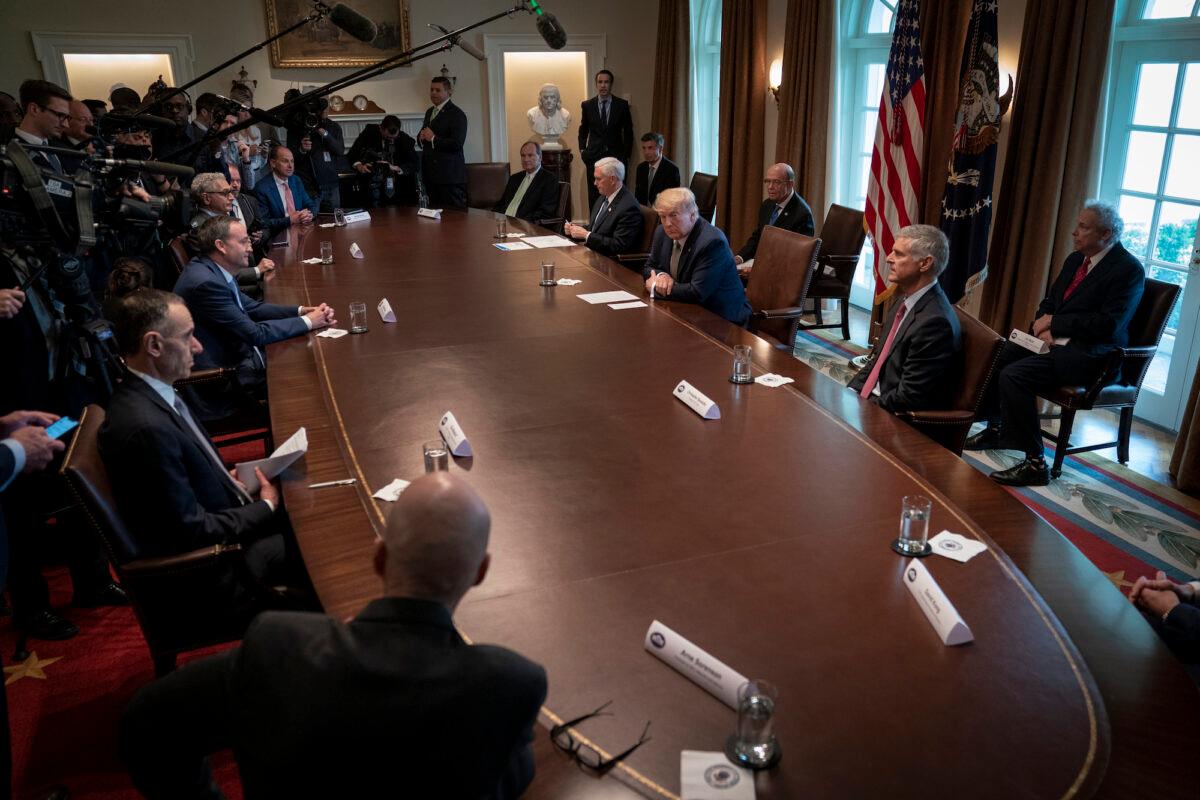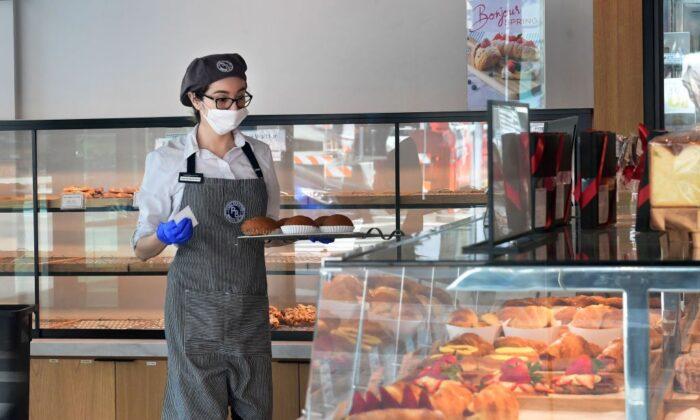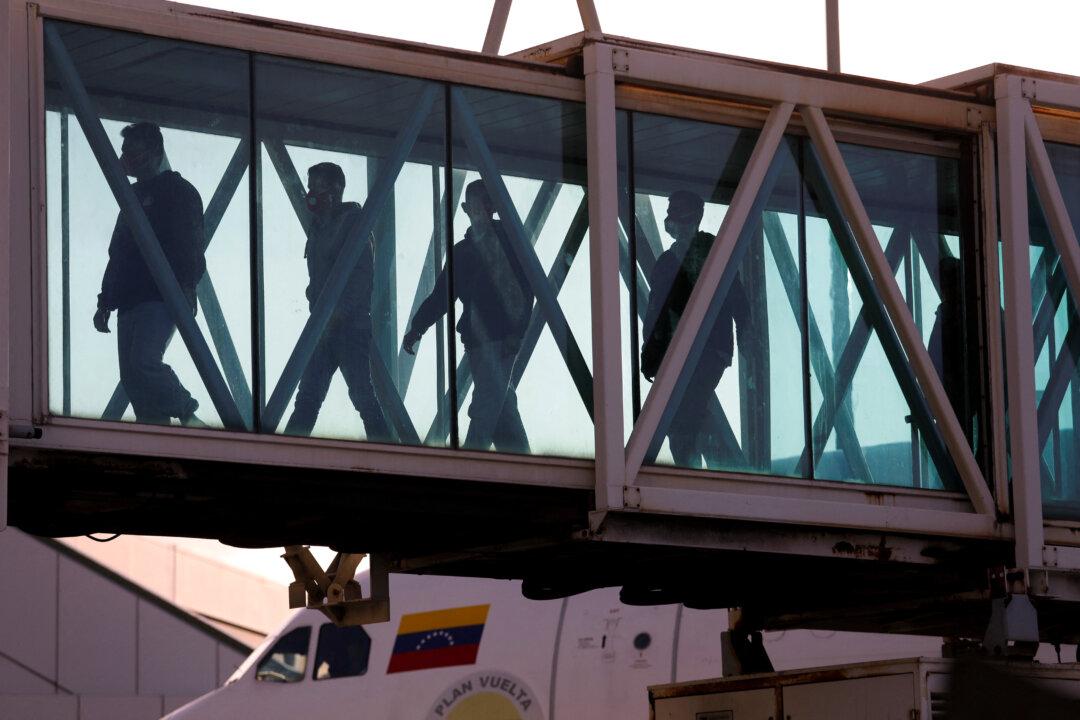A national restaurant association representing about half a million eateries estimates the hit from COVID-19 to American foodservice sales will be $225 billion, while the full economic impact could be $675 billion.
The association said that because every dollar spent in a restaurant generates $2 down the road in the broader economy, the full economic impact of the outbreak will be $675 billion.
The Epoch Times refers to the novel coronavirus as the CCP virus because the Chinese Communist Party’s coverup and mismanagement allowed the virus to spread throughout China and create a global pandemic.

So far, at least 28 states have closed dine-in options for restaurants, and more are likely.
“We are revising our business model to provide meals in different ways (takeout, delivery, safety-enhanced dine-in), but we are facing economic headwinds that will lead many restaurants to shut down operations, lay off workers, and end our service in our communities,” Sean Kennedy, executive vice president of public affairs, wrote in the letter.
The association called for the administration to adopt measures to help them fight the crisis, including tax relief and more direct forms of financial assistance.
The overall value of the requested package is $455 billion, with $145 billion in direct relief.
‘Big, Bold’ Relief Plan
President Donald Trump has been meeting and taking calls from industry executives to assess the extent of both the expected and realized economic damage from the pandemic.
In the meeting, U.S. Travel Association CEO Roger Dow said the travel slowdown could wipe out hundreds of billions in total travel spending and lead to millions of job losses.
“So, it’s now—it’s serious,” Dow said.
“We literally had the strongest economy on earth,” Trump said, noting over 124 countries have been affected. “Unbelievable.”
In a massive federal effort Tuesday, Trump asked Congress to speed emergency checks to Americans, enlisted the military for MASH-like hospitals, and implored ordinary people—particularly socially active millennials—to do their part by staying home to stop the spread of the virus.
His proposed economic package alone could approach $1 trillion, a rescue initiative not seen since the Great Recession.
“It’s going to be big, it’s going to be bold, and the level of enthusiasm to get something done—I don’t think I’ve ever seen anything quite like it,” Trump said of the measure at a March 17 briefing.
Trump wants checks sent to the public within two weeks and is urging Congress to pass the eye-popping stimulus package in a matter of days.
“I personally lived through many crises, starting with the S&L, the 9/11 crisis, the Great Recession. I’ve been doing this for 35 years,“ Hilton CEO Chris Nassetta told Trump at the White House meeting, adding that tourism in America ”has been impacted in a devastating way.”
Recession Fears
Most analysts now expect the U.S. economy to contract sharply in the rest of March and throughout the second quarter due to the worsening pandemic.Beth Ann Bovino, the chief U.S. economist at Standard & Poor’s Ratings Services, wrote in a report that, “While the economic data for March has not been released, social distancing is likely to lead to a steep drop in consumer spending, which will have knockdown effects on business investment.”
The outlook is also dimmed by plummeting oil prices hurting energy infrastructure investment, as well as the impact of travel bans, she added.
“As a result, S&P Global Economics believes that the U.S. is entering recession—if not already in one.”
The credit rating agency expects the gross domestic product (GDP) to contract by 1 percent in the first quarter and 6 percent in the second.
It expects the slump will be followed by a slow U-shaped recovery in the second half of the year, with 3 percent and 5 percent year-over-year growth in the third and fourth quarters.





